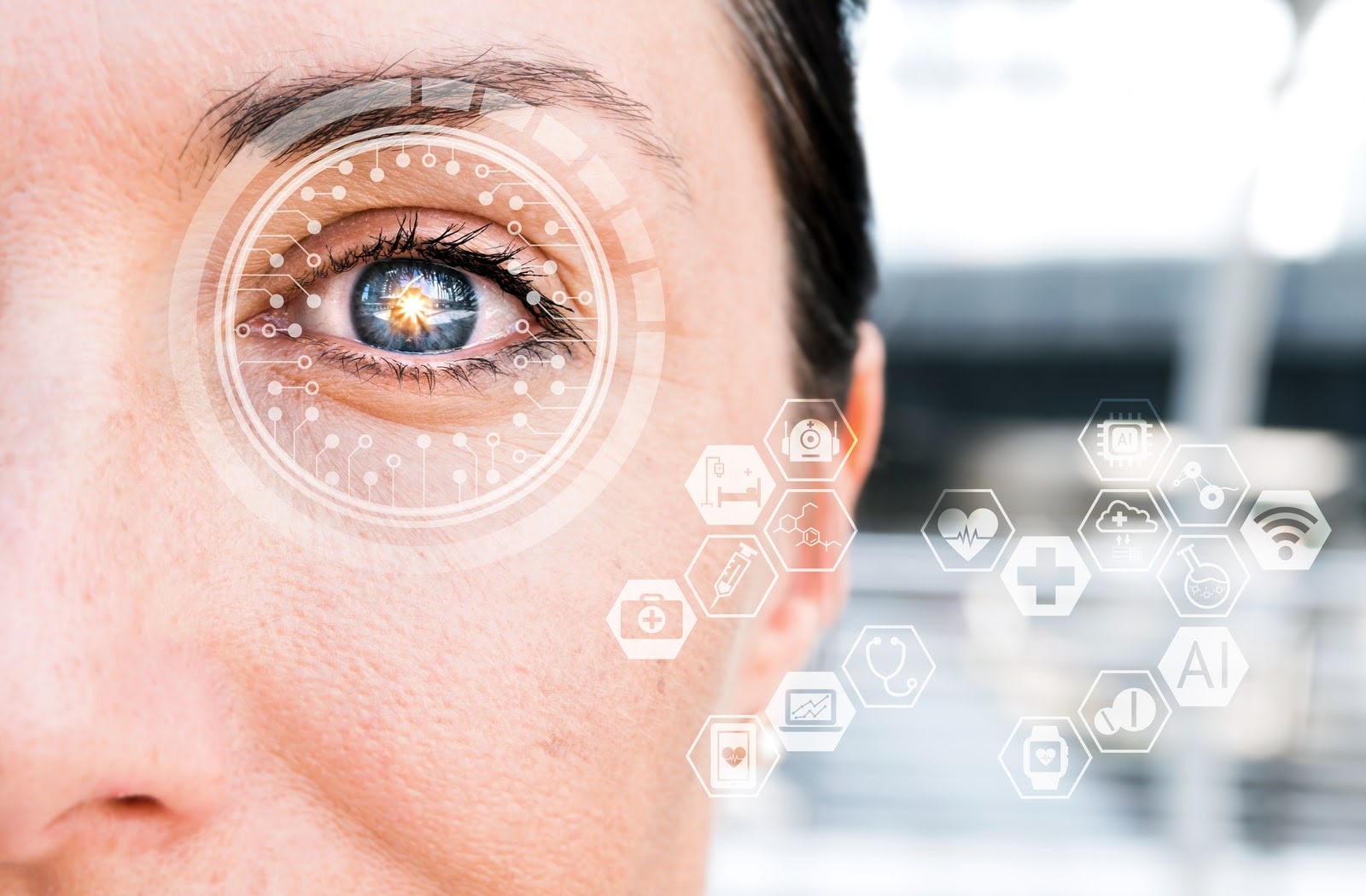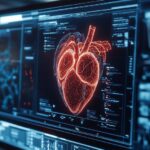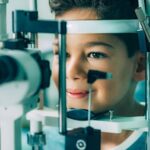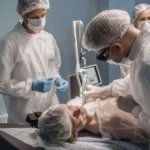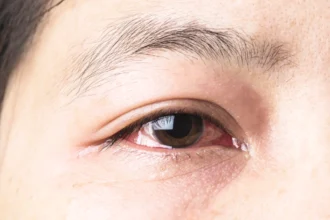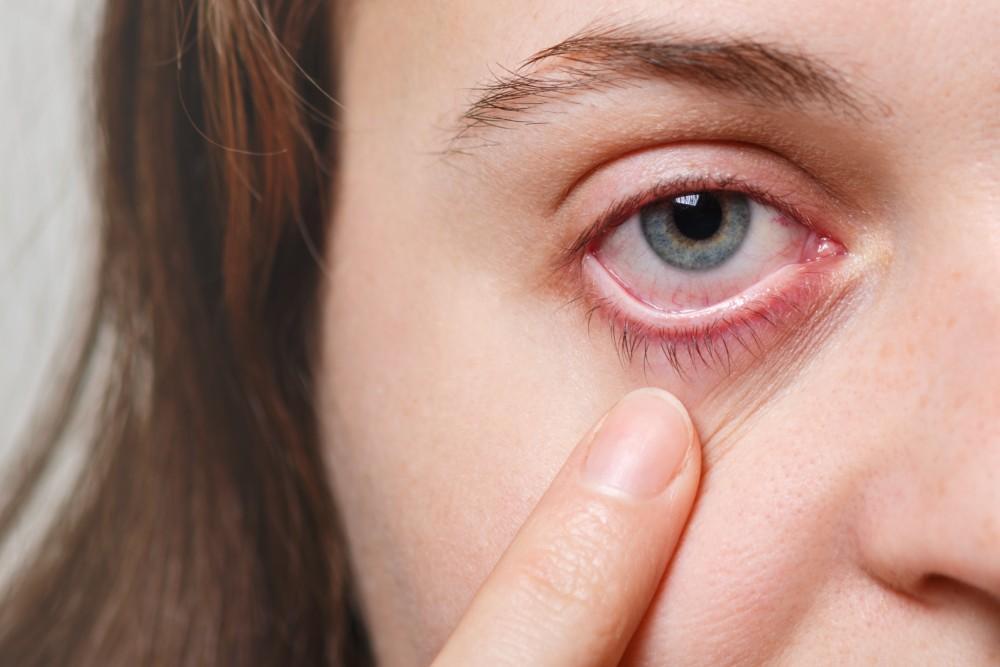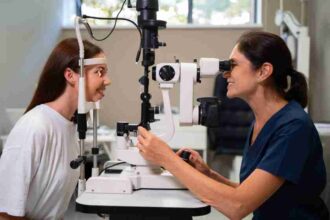Introduction
Eyes are our windows to the world, but they are also sensitive organs prone to various disorders. Early detection and proper treatment of eye problems are critical to maintaining long-term vision and eye health. This article explores some of the most common eye disorders, their symptoms, causes, and available treatment options.
Common Eye Disorders
Refractive Errors
Myopia (Nearsightedness)
Myopia occurs when distant objects appear blurry while close objects are clear. It is often hereditary and typically develops in childhood.
Treatment:
- Prescription glasses or contact lenses
- Refractive surgery such as LASIK
Hyperopia (Farsightedness)
People with hyperopia see distant objects more clearly than close ones. It may cause eye strain or headaches during reading.
Treatment:
- Corrective lenses
- Refractive surgery
Astigmatism
Astigmatism is caused by an irregularly shaped cornea or lens that distorts vision.
Treatment:
- Special cylindrical lenses
- Laser surgery
Cataracts
Cataracts occur when the eye’s natural lens becomes cloudy, affecting vision clarity. This condition typically develops with age.
Symptoms:
- Blurry or dim vision
- Sensitivity to light
- Faded colors
Treatment:
- Surgical removal of the cloudy lens
- Replacement with an artificial intraocular lens (IOL)
Glaucoma
Glaucoma damages the optic nerve, often due to high intraocular pressure. It can lead to irreversible vision loss if not treated early.
Types:
- Open-angle glaucoma (most common)
- Angle-closure glaucoma
Symptoms:
- Peripheral vision loss
- Eye pain (in acute cases)
Treatment:
- Eye drops to reduce pressure
- Oral medications
- Laser or traditional surgery
Age-Related Macular Degeneration (AMD)
AMD affects the macula, the central part of the retina responsible for sharp vision. It is a leading cause of vision loss in older adults.
Types:
- Dry AMD
- Wet AMD
Symptoms:
- Blurred central vision
- Difficulty recognizing faces
Treatment:
- Nutritional supplements
- Anti-VEGF injections (for wet AMD)
- Laser therapy (rare cases)
Diabetic Retinopathy
This is a diabetes-related eye condition that damages the retina due to high blood sugar levels.
Symptoms:
- Floaters
- Blurred vision
- Vision loss
Treatment:
- Blood sugar control
- Laser treatment
- Injections
- Vitrectomy (surgery)
Dry Eye Syndrome
Dry eye happens when your eyes don’t produce enough tears or the tears evaporate too quickly.
Symptoms:
- Burning or stinging
- Redness
- Sensitivity to light
Treatment:
- Artificial tears or lubricating eye drops
- Prescription medications
- Punctal plugs to retain moisture
When to See an Eye Doctor
- Persistent eye pain
- Sudden vision changes
- Flashes of light or floaters
- Difficulty seeing at night
- Frequent headaches linked to eye strain
Early diagnosis through routine eye exams can prevent or slow down many vision-threatening disorders.
Prevention and Eye Care Tips
Maintain a Healthy Lifestyle
- Eat leafy greens, omega-3s, and colorful fruits
- Exercise regularly
- Quit smoking
Practice Good Screen Habits
- Follow the 20-20-20 rule
- Adjust screen brightness
- Use anti-glare glasses
Regular Eye Exams
- Once a year for adults
- More frequently if diabetic or over 60
Conclusion
Understanding the signs, causes, and treatments of common eye disorders is essential for protecting your vision. Early detection and professional care can manage or even prevent most of these issues. Prioritize regular eye checkups and adopt a healthy lifestyle to maintain optimal eye health.
FAQs
1. How often should I get my eyes checked?
It is recommended to have an eye exam once a year, especially after the age of 40 or if you have existing eye issues.
2. Can eye disorders be completely cured?
Some eye disorders like cataracts can be cured with surgery, while others like glaucoma can only be managed, not cured.
3. Are eye floaters dangerous?
Occasional floaters are usually harmless, but a sudden increase may indicate a retinal issue and should be checked by a doctor.
4. Is LASIK safe for all vision problems?
LASIK is safe for many refractive errors but may not be suitable for people with thin corneas or severe dry eye.
5. Can diet improve my eye health?
Yes, nutrients like lutein, zeaxanthin, vitamin C, and omega-3 fatty acids play a role in maintaining eye health.


